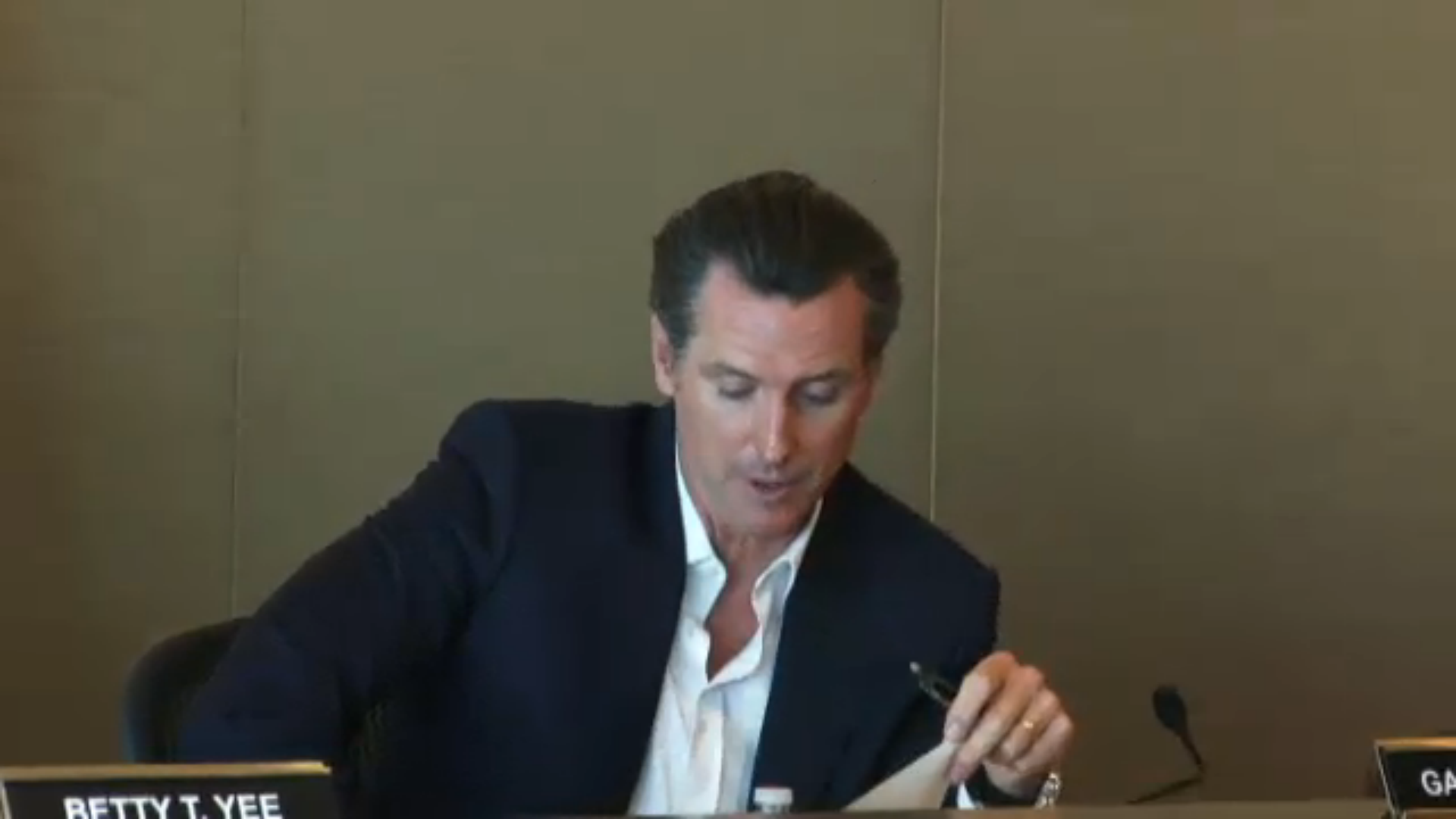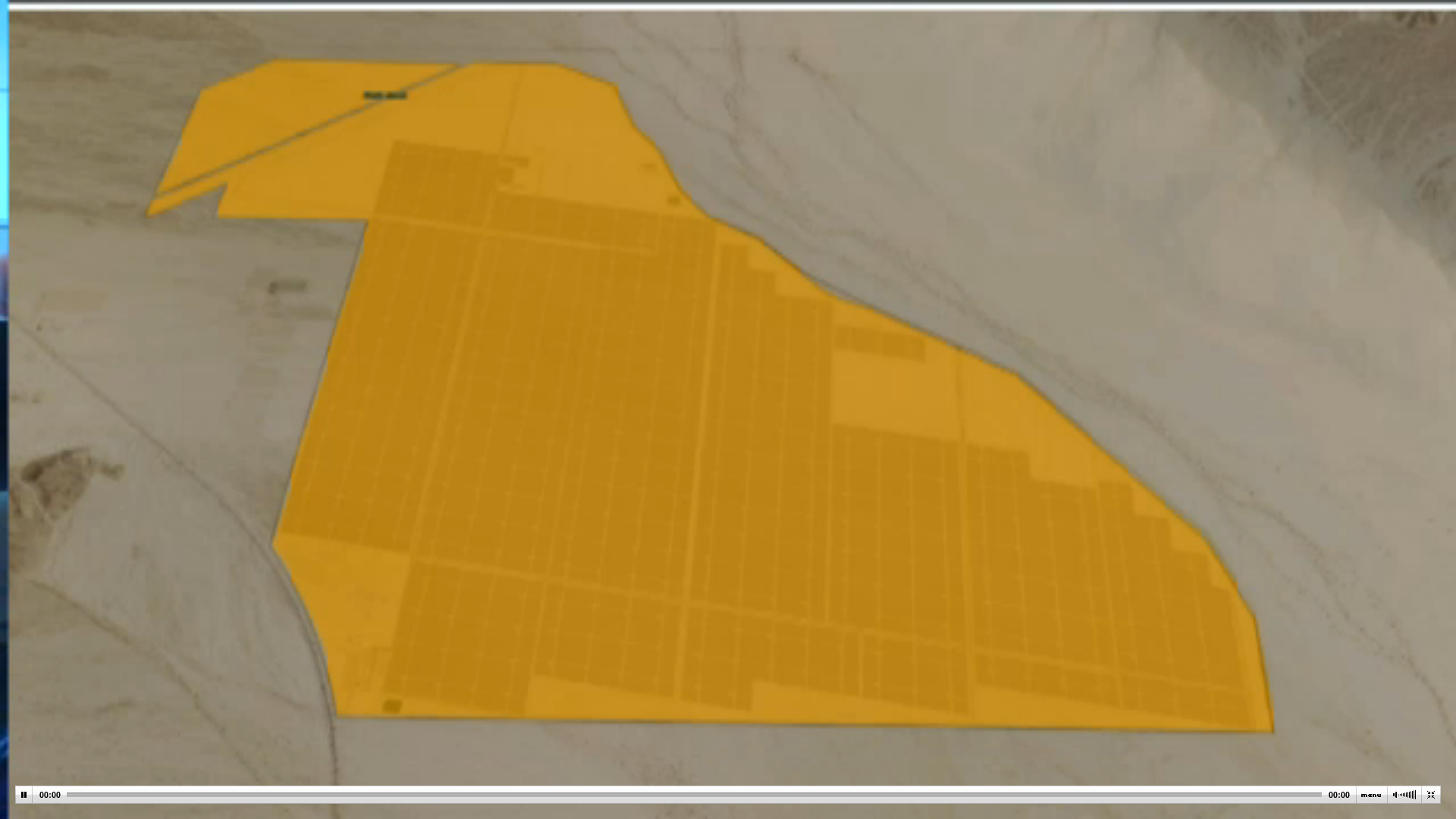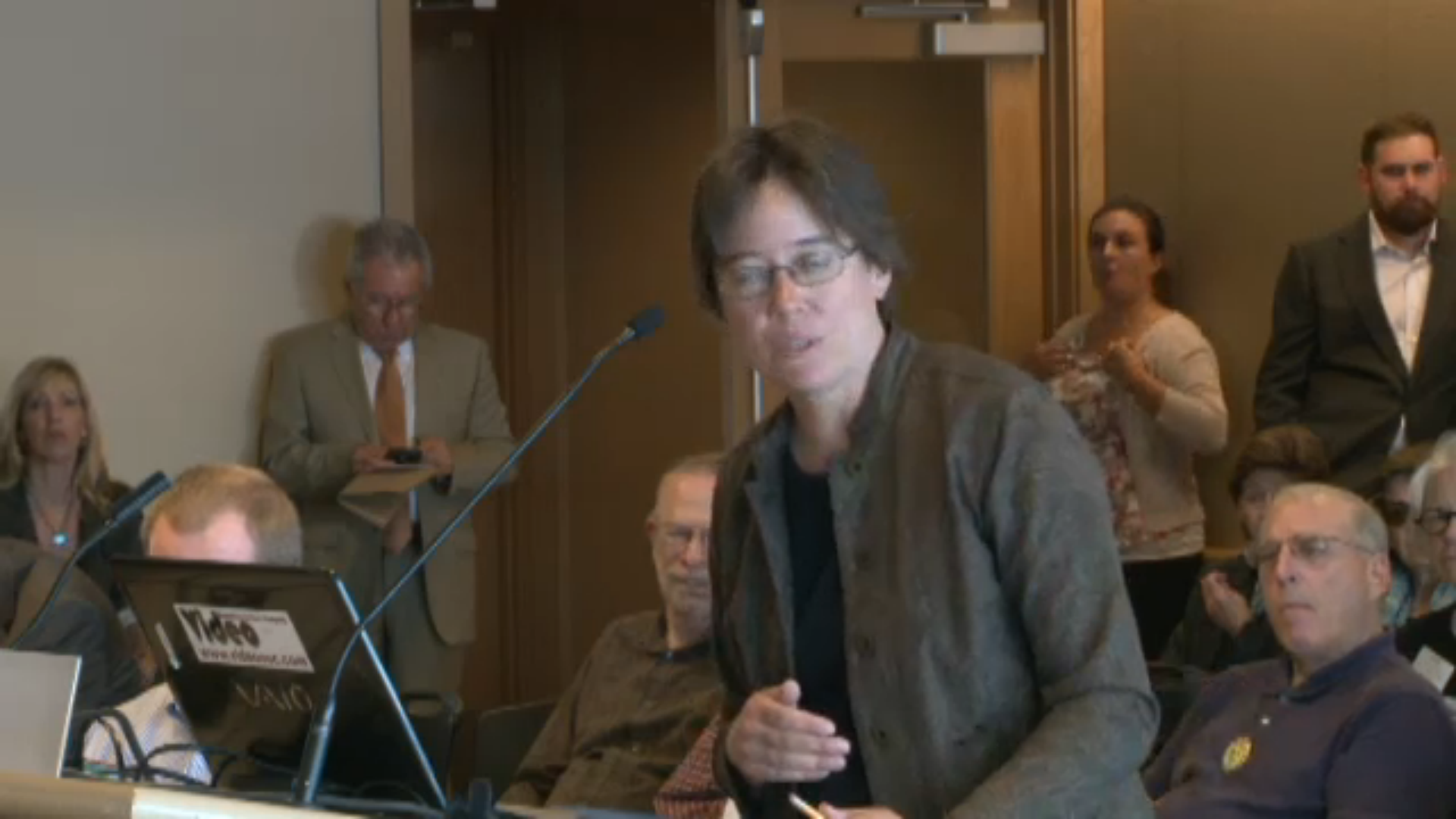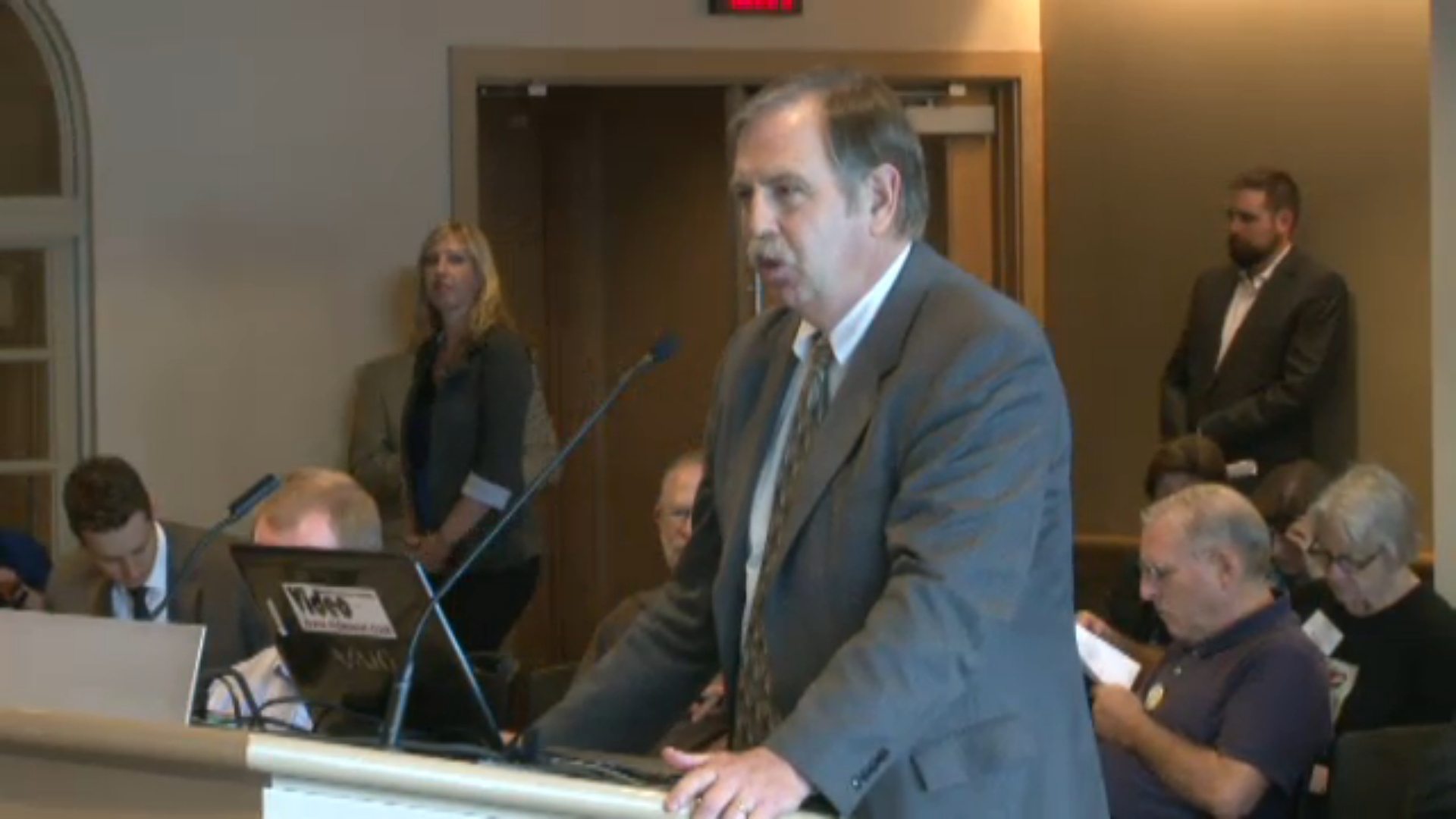California State Lands Commission Exchange in the Desert

^Gavin Newsom, was presiding, Lt. Governor, and former mayor of San Francisco. He said this exchange was a "win, win, win for everyone." (We are not so sure the land exchange is a win for Desert tortoises.)
October 1, 2015 - Sacramento CA - We were able to listen to a State Lands Commission (SLC) webcast discussing a Phase 1 land exchange between federal Bureau of Land Management (BLM) and state lands in the California Desert. Public comments could only be made in person. The proposed land exchange "would advance state and federal conservation and energy strategies of the Desert Renewable Energy Conservation Plan (DRECP) by consolidating federal lands within the National Conservation Lands (NCL) area and providing the state with lands that have operational, or the potential for operational, renewable energy facilities. The consolidation of federal lands will promote the continuity of wilderness and wildlife corridors. The conveyance to the state of developed land with renewable energy generation facilities, or proposed facilities, will generate revenue for the California State Teachers' Retirement System (CalSTRS)." The commission authorized a memorandum of intent to start the process.
Phase I of the exchange will include approximately 61,000± acres of State school lands and approximately 5,600± acres of Federal lands that have the potential for, or are previously developed with, renewable energy facilities. Future phases contemplate conveying approximately 150,000 acres of school lands to the BLM in exchange for approximately 16,000 acres of federal lands. The majority of lands subject to the proposed exchanges are located in San Bernardino, Inyo and Riverside counties.
Two State Land 'Zones' Will Be Formed
Two exchanges would start the process: 1. Desert Sunlight Solar Farm in Riverside County, and 2. an area in Lucerne Valley, San Bernardino County.

^Screen shot of the Desert Sunlight Solar Farm photovoltaic project (yellow) land exchange proposal-- the entire solar project would be exchanged and given to the state as school lands, to "benefit teachers."
Our question is how? Do the BLM lease fees the solar company is paying suddenly go to the state? Will mitigation, clean-up, and decommissioning funds be included?
We know that the State Lands Commission does lease and manage lands with projects on them, many with oil and gas wells both on and off shore as well as other projects.
The State Legislature passed a law a few years ago that requires SLC to work to consolidate lands in the California Desert through a land exchange with BLM to consolidate SLC lands expressly for “large-scale” renewable energy. If the SLC/BLM trade goes forward with an existing solar project as part of the trade, SLC says it will negotiate a new lease that will have the same terms (or possibly stronger) and expects to get about $2 million per year for the teacher’s retirement system.
The other land exchange is a chunk of Lucerne Valley that will become, it appears, a de facto solar zone or Development Focus Area under DRECP. Two state land parcels exist there and more BLM land will be exchanged to add to the block.
BLM will consolidate state lands that are in NCL areas and Wilderness, but it was not clear what other BLM lands would be exchanged.
There will be a full California Environmental Quality Act/National Environmental Policy Act (CEQA/NEPA) process. Public comments will be taken.
Public Comments
Public comments were only allowed by people attending in the room. Erika Brand of The Nature Conservancy commented that they were pleased with the proposal, and this would offer low-impact renewable energy siting. She asked that the conservation values of lands proposed in the exchange be analyzed, and that early public disclosure was made.
Lisa Belenky, senior attorney for Center for Biological Diversity made a good comments about how, first, this was not the best place to start reducing greenhouse gases -- that state lands reject oil and gas leasing first. She said they supported consolidation NCL and Wilderness lands, but had concerns with other exchanges. They were very concerned about transferring the Desert Sunlight solar project to the state, as it was not a well-sited project, it was not fully CEQA-reviewed, and this example would make it look like an endorsement for future BLM to SLC land exchanges of a controversial site. As for the Lucerne Valley site, it was not clear that all those lands were suitable for utility-scale renewable energy development.
More about the State Lands Commission
http://www.ltg.ca.gov/m_about.html
The Lieutenant Governor also serves on, and rotates with the State Controller, as chair of the three-member State Lands Commission, which oversees the control and leasing of millions of acres of state-owned land, including offshore oil resources, as well as use and permitting for all navigable waterways in California. The Commission also manages state land-use planning and revenues, and related interstate issues.
See more about the exchange at http://www.slc.ca.gov/Meetings/10-01-15/Items_and_exhibits/01.pdf

^Karen Douglas, Commissioner at the California Energy Commission, voiced her support for the land exchange.

^Retiring BLM California State Director Jim Kenna said this will help reduce greenhouse gases, benefit citizens, improve schools, and emphasis more renewable energy. He said it would be a major conservation action in the desert.
